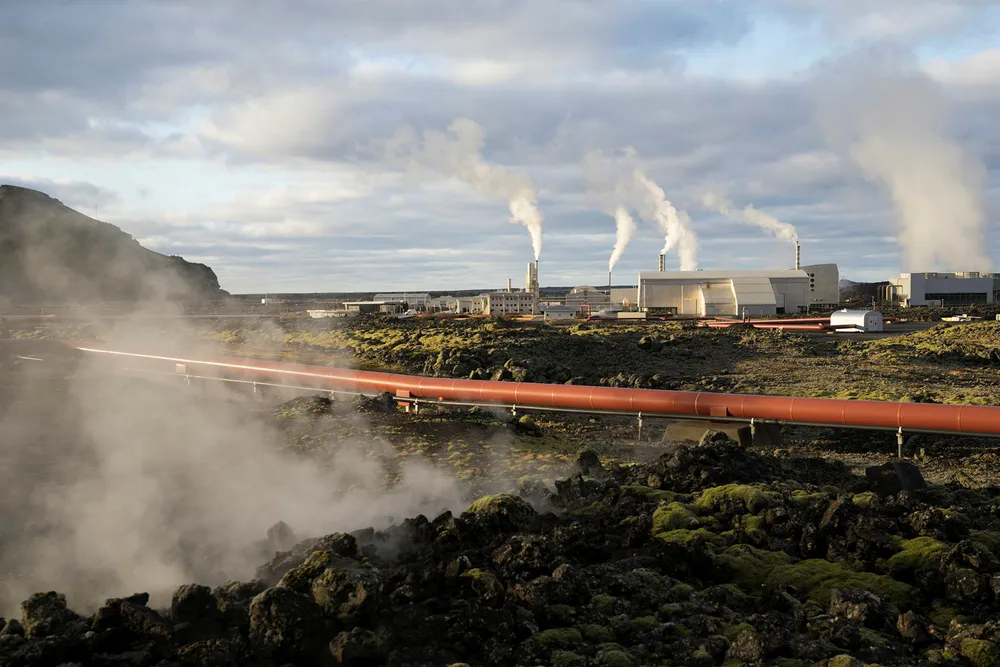Energy transition to help unlock $25 billion of geothermal investments, report says
Rystad forecasts installed capacity will expand in next five years, serving as a relief to oil and gas suppliers exposed to well-related services

Rystad forecasts installed capacity will expand in next five years, serving as a relief to oil and gas suppliers exposed to well-related services
